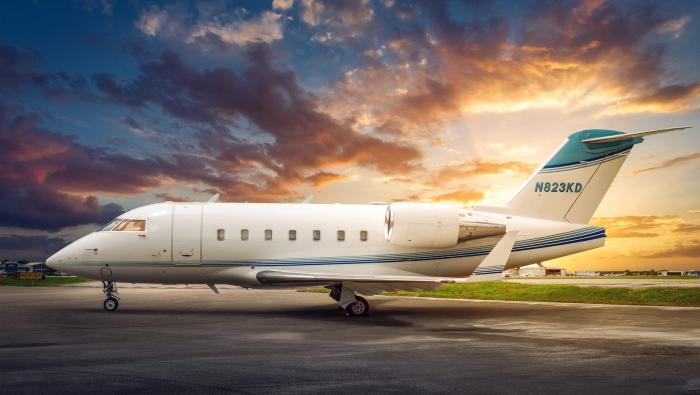AOPA’s Air Safety Institute (ASI) is encouraged that its most recent version of the Joseph T. Nall Report showed positive results from an industry-wide concerted effort to whittle away at aviation accident rates. The effort appears to have traction, with total accidents dipping to 1,163 in 2014. However, the report also highlights continual issues with pilot-related errors and personal flying. A subsequent “Scorecard” detailing initial data of 2015 and 2016 shows mixed results.
The Air Safety Institute yesterday released its 26th edition of the Nall report reviewing data for 2014—the most recent year with “reasonably complete data”—finding the number of general aviation accidents dropped below the 1,185 accidents in 2013. The report traces to the most complete year of data to dig into causal trends.
“The significant improvements and historically low accident rates revealed in last year’s report proved not to be a one-time statistical anomaly,” said ASI executive director Richard McSpadden in a publisher’s note in the report. “Across the general aviation community, we can take pride that our collaborative efforts appear to be having a positive, sustained impact.”
The drop in total accidents comes in spite of 1.7 percent increase in overall general aviation flight activity. This pick-up in flight activity reverses a decade-long decline, ASI noted. But those improvements were not even among all flying categories, with commercial fixed-wing and non-commercial helicopter activity increasing by 5 percent and 21 percent, respectively, and non-commercial fixed-wing and commercial helicopter each sliding by less than one-half of one-percent.
The number of non-commercial fixed-wing accidents decreased by nine to 952, keeping the accident rate stable at 5.78 per 100,000 hours. But the fatal accident rate for that flying category pushed up 18 percent, to 1.19 per 100,000 hours.
Non-commercial helicopter accidents increased from 105 to 108, but involved six fewer fatal accidents. With the increase in flight activity, the accident rate declined 15 percent overall to 6.28 per 100,000 hours, and the fatal accident rate dropped 42 percent to 0.81 per 100,000 hours.
Commercial fixed-wing accidents dropped 16 percent to 68, marking a new low of 2.0 per 100,000 hours. The commercial helicopter accident rate remained stable at 0.32 per 100,000 hours.
The Scorecard, detailing the initial results of 2015 and 2016, traced a 5 percent increase in flight time of non-commercial fixed-wing aircraft in 2015, with just a 1 percent increase in accidents, providing an improvement in the accident rate for the category to 5.53 per 100,000 hours. Also, the fatal accident rate in 2015 dropped to 1.12 per 100,000 hours with two fewer fatal accidents. In 2016 the number of accidents involving non-commercial fixed-wing aircraft increased 3 percent to 991, but fatal accidents dropped significantly from 194 in 2015 to 156.
The commercial fixed-wing accident rate trended up in 2015 to 2.33 per 100,000 hours, but the fatal rate dropped from 0.32 to 0.24.
McSpadden noted that overall the trends show “troubling and stubborn” accident categories, particularly with the discrepancy between pilot-related and other types of accident causes, as well as the disparity between personal and commercial flying.
Pilot-related mishaps account for 75 percent of all accidents. “The overwhelming majority of these accidents are avoidable, so if we can convince more pilots to access safety information, we can drive the accident rate even lower and save lives,” he said.
AOPA is taking a multi-pronged approach to addressing this, including encouraging operators to become more involved in type clubs and striving to reach the “unreachables” by encouraging increased involvement in safety programs. “I’m a big believer in the value of type clubs,” he said, noting, “They make you smarter on your airplane, make you smarter on the maintenance,” and have expertise and mentors accessible. ASI has been working with type club leaders to help expand safety efforts.
As for safety programs, McSpadden expressed concern that they typically “preach to the choir” with people who already employ best practices attending. AOPA has begun a “find one, bring one” campaign to encourage pilots to bring other pilots who don’t obtain safety information regularly. He notes studies suggest that about half of pilot community actively seek out safety information.
AOPA also is encouraging pilots to focus training and safety areas on problem areas associated with accidents: landings; takeoff and climbs; low-altitude maneuvering; and fuel management.







